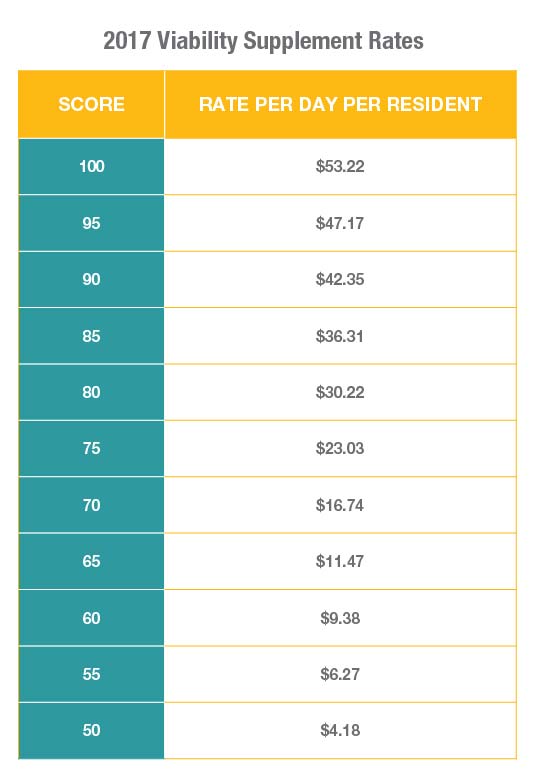January 1, 2017 is prompting quite a few changes, one of the lesser known changes is the change to the Viability Supplement. We’ve had a lot of questions about it how it is going to work, so we’ve broken it down into the essentials for you!
What is the Viability Supplement?
It aims to provide funding to assist Providers in rural and remote areas with the extra cost of delivering the services in those areas. It was also expanded in 2012 to provide assistance to Providers that are caring for people who have experienced or were at severe risk of experiencing homelessness.
What is changing?
All that’s changing is how remoteness is measured! The Accessibility/Remoteness Index of Australia (ARIA) and Rural, Remote and Metropolitan Areas (RRMA) which were previously used for measuring remoteness were based on 1990s Census data, and as you can imagine a bit of updating was necessary. They are replacing it with a newer, better measure known as the Modified Monash Model (MMM).
The aim is to improve the system for classification of remoteness and better target Providers in need.
How does this affect Aged Care Providers?
The most important thing: no Residential Aged Care Provider who is currently receiving the Viability Supplement will lose any funding as a result of this change! As the Department of Health has stated in their release about the changes: Grandfathering arrangements will ensure that funding will not be reduced for existing residential care services or home care clients.
If your Aged Care Facility was in operation prior to the introduction of the MMM model (1st of January 2017) you will receive the same amount of the Viability Supplement, unless you could receive more under the MMM model. You then get the higher rate of the Viability Supplement, so it’s a win-win situation!




